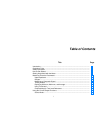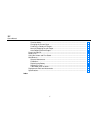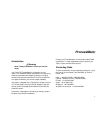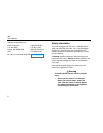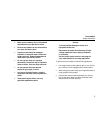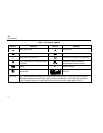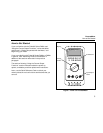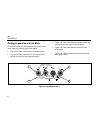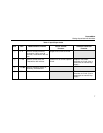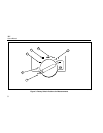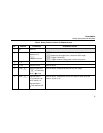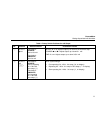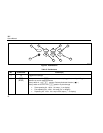
ProcessMeter
Safety Information
3
• Make sure the battery door is closed and
latched before you operate the meter.
• Remove test leads from the meter before
you open the battery door.
• Inspect the test leads for damaged
insulation or exposed metal. Check test
leads continuity. Replace damaged test
leads before you use the meter.
• Do not use the meter if it operates
abnormally. Protection may be impaired.
When in doubt, have the meter serviced.
• Do not operate the meter around
explosive gas, vapor, or dust.
• Use only a single 9V battery, properly
installed in the meter case, to power the
meter.
• When servicing the meter, use only
specified replacement parts.
Caution
To avoid possible damage to meter or to
equipment under test:
Disconnect the power and discharge all high-
voltage capacitors before testing resistance
or continuity.
Use the proper jacks, function, and range for
your measurement or sourcing application.
To protect yourself, adhere to the following guidelines:
• Use caution when working above 30V ac rms, 42V ac
pk, or 60V dc. Such voltages pose a shock hazard.
• When using the probes, keep your fingers behind the
finger guards on the probes.
• Connect the common test lead before you connect
the live test lead. When you disconnect test leads,
disconnect the live test lead first.





